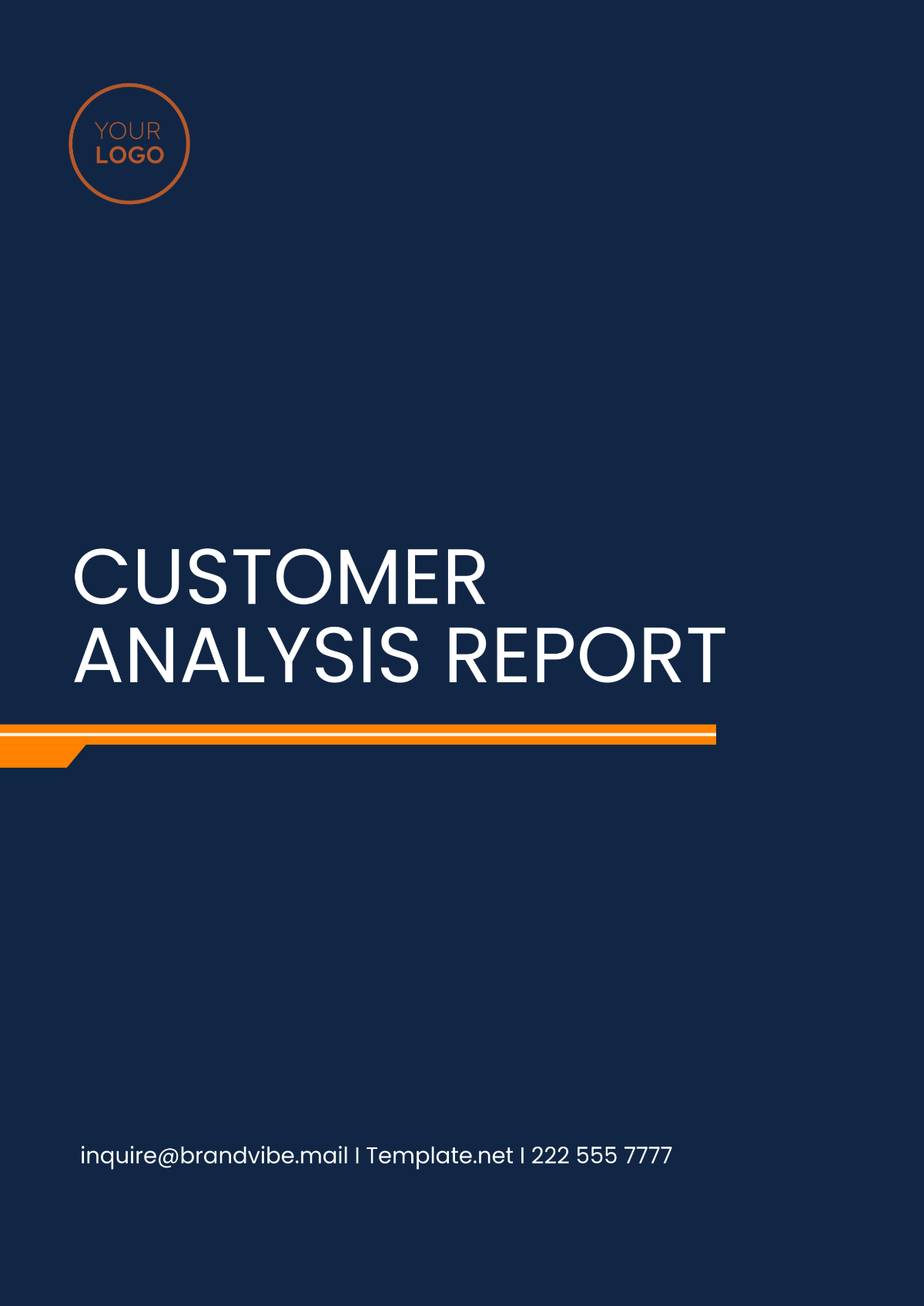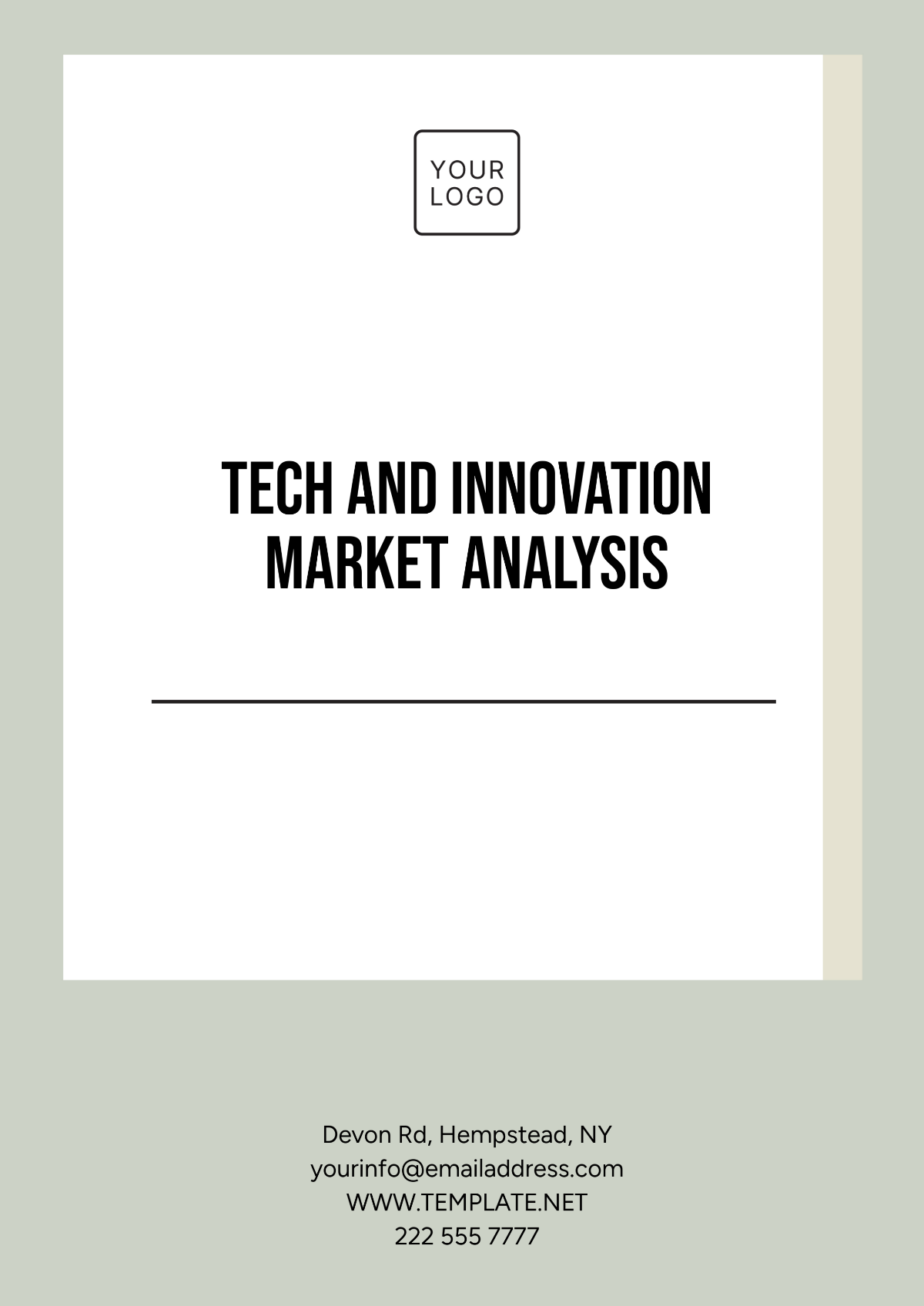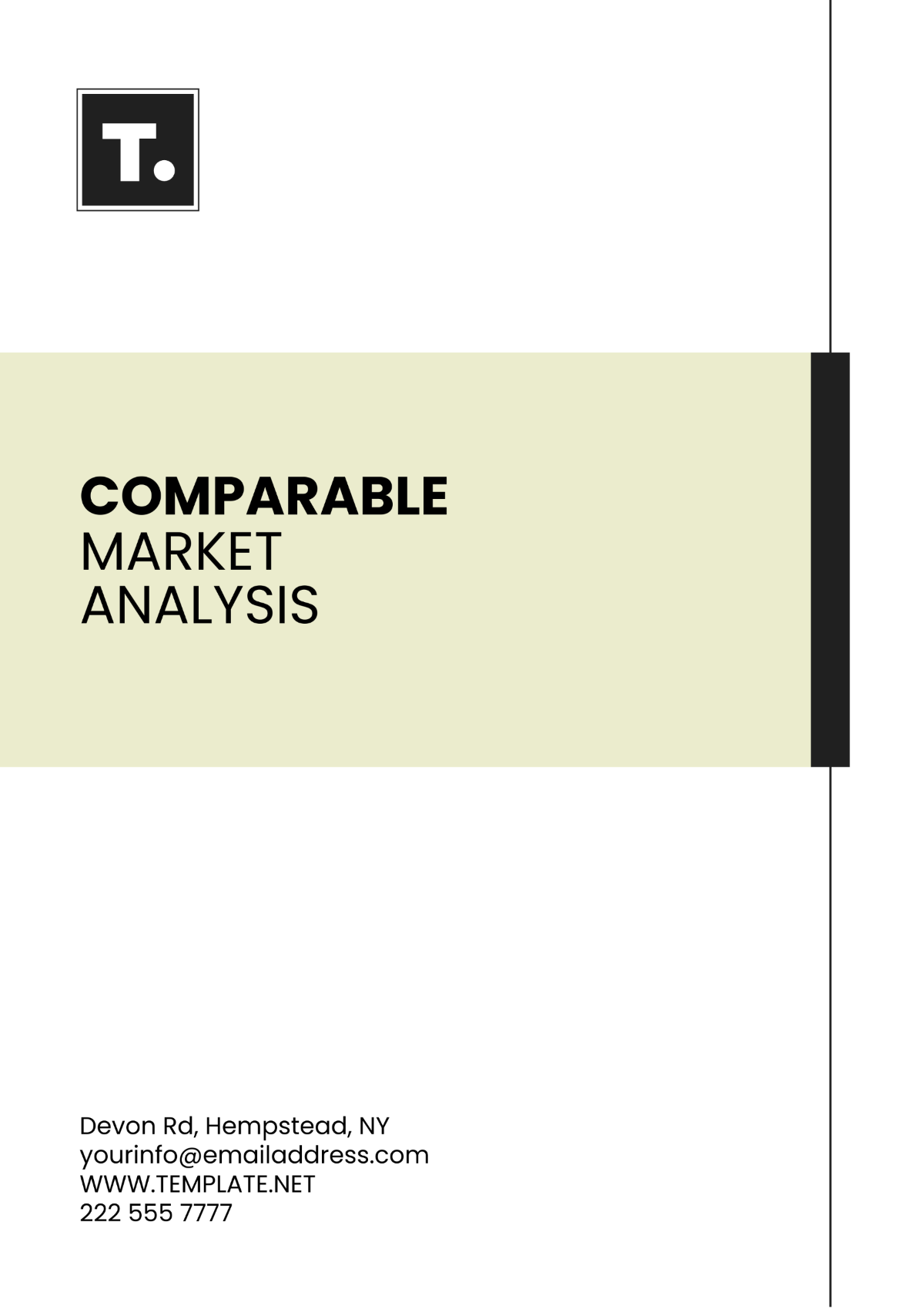Observational Study for Market Analysis
Prepared By: [Your Name]
Introduction
Market analysis is a critical component for understanding the dynamics of any industry or sector. This observational study aims to dissect the various elements influencing market trends, consumer behavior, and competitive landscapes. By examining current market conditions, historical data, and industry practices, we provide a comprehensive view of market dynamics that can guide strategic decision-making.
Methodology
Data Collection
Data for this study were collected from multiple sources, including industry reports, market surveys, and sales data. We employed both qualitative and quantitative methods to ensure a robust analysis.
Qualitative Data: Interviews with industry experts and stakeholders.
Quantitative Data: Sales figures, market share statistics, and consumer surveys.
Analysis Techniques
Trend Analysis: Examining historical data to identify patterns and trends.
Comparative Analysis: Comparing different market segments to highlight variations.
SWOT Analysis: Assessing strengths, weaknesses, opportunities, and threats within the market.
Market Overview
Current Market Trends
The market landscape is continually evolving, influenced by technological advancements, changing consumer preferences, and economic factors.
Technological Advancements: The rise of digital platforms and e-commerce has significantly altered market dynamics.
Consumer Preferences: Increased demand for sustainable and ethical products is shaping industry strategies.
Economic Factors: Inflation and economic downturns impact consumer spending power and market stability.
Table 1: Market Growth Rates by Sector
Sector | Growth Rate (2023) | Projected Growth Rate (2024) |
|---|---|---|
Technology | 8% | 7.5% |
Healthcare | 6% | 6.2% |
Retail | 5% | 4.8% |
Manufacturing | 4% | 4.5% |
Consumer Behavior
Understanding consumer behavior is crucial for tailoring products and services to meet market demands.
Purchase Drivers: Price sensitivity, product quality, and brand reputation are key factors influencing purchasing decisions.
Behavioral Segments: Consumers can be segmented into various categories such as early adopters, mainstream buyers, and laggards.
List 1: Key Factors Influencing Consumer Purchase Decisions
Price
Quality
Brand Loyalty
Convenience
Product Features
Competitive Analysis
Market Share Distribution
Analyzing market share provides insights into competitive positioning and industry concentration.
Market Leaders: Companies with the largest market shares, often setting industry standards.
Emerging Players: New entrants disrupt traditional market dynamics with innovative solutions.
Table 2: Market Share of Top 5 Companies
Company | Market Share (%) |
|---|---|
Company A | 25% |
Company B | 20% |
Company C | 15% |
Company D | 10% |
Company E | 8% |
SWOT Analysis of Major Competitors
A SWOT analysis helps in understanding the strengths, weaknesses, opportunities, and threats faced by major market players.
List 2: SWOT Analysis Overview
Strengths: Strong brand presence, and extensive distribution networks.
Weaknesses: High operational costs, and limited product diversification.
Opportunities: Market expansion, technological innovation.
Threats: Intense competition, economic volatility.
Sector-Specific Insights
Technology Sector
The technology sector is characterized by rapid innovation and high growth potential.
Key Trends: Artificial Intelligence (AI), Internet of Things (IoT), and cybersecurity.
Challenges: Regulatory concerns and high research and development costs.
Table 3: Technology Sector Key Trends
Trend | Impact |
|---|---|
AI Integration | Increased efficiency and automation |
IoT Expansion | Enhanced connectivity and data collection |
Cybersecurity Focus | Greater emphasis on protecting data privacy |
Healthcare Sector
The healthcare sector is driven by advancements in medical technology and increasing health awareness.
Key Trends: Telemedicine, personalized medicine, and wearable health tech.
Challenges: Regulatory hurdles and high costs of innovation.
List 3: Emerging Healthcare Technologies
Telehealth platforms
Genetic testing
Remote patient monitoring
Conclusion
This observational study provides a detailed analysis of the market landscape, highlighting key trends, consumer behaviors, and competitive dynamics. Understanding these elements is crucial for businesses aiming to navigate the complexities of the market successfully.
Key Takeaways:
Tech advancements and shifting consumer preferences are reshaping markets.
Competitive analysis shows a few key players dominate the market.
Sector-specific insights reveal unique challenges and opportunities.

















































